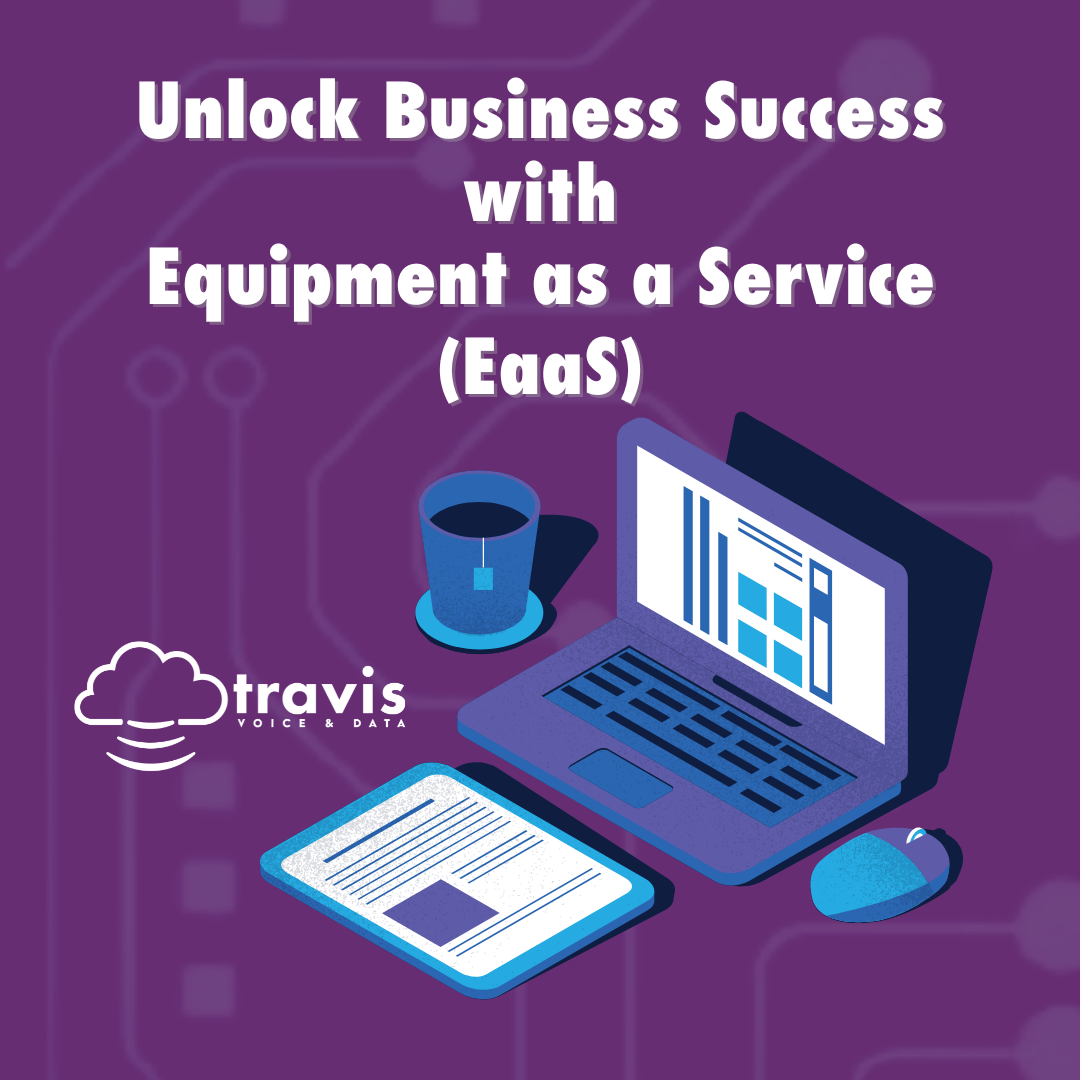A structured cabling system is a complete system of cabling that supports multiple pieces of hardware in turn providing a comprehensive telecommunications infrastructure. Structured cabling is a type of network cabling. This infrastructure serves a wide range of uses, such as to provide telephone service or transmit data through a computer network.
Structured Cabling can be found in single buildings or span across an entire campus. This is what makes it so important because of its capability to withstand the rapid changes that technology brings.
Structured Cabling components might include twisted pair and optical cabling as well as patch panels and patch cables. The structured cabling system begins at the point where the service provider (SP) terminates. This point is the point of demarcation (demarc) or Network Interface Device (NID).
How Is Point to Point Cabling Different?
Point to Point Cabling refers to the method in which network cables are run from one point of hardware to another. In a most basic sense, the name is the definition: you are connecting a cable from one point to another. It is a common, less complex form of network & voice cabling that is used in smaller offices and buildings. Every piece of hardware is assigned its own cable for easy identification. This is commonly used for smaller systems that do not have a need for complex structured cabling.
This is a simple solution that makes it easy to move points when used on a smaller scale. For a small office with only a few hosted phones or computers, this form of data cabling can be the best solution. The capacity might be smaller than structured cabling, but cabling jobs are not “one size fits all.” Point to point cabling is the perfect solution for small systems that do not need to scale up or expand within a larger campus.
When You Should Use Structured Cabling:
With the increase in data handling your system’s interface, there is an increase stress on cabling infrastructure. Without an upgraded infrastructure, your system could be facing downtime and slower speeds.
Structured Cabling differs from the former point-to-point cabling, which connected every piece of hardware to its own cable. Structured Cabling is not device dependent.
This makes structured cabling superior for larger networks because of the ability to easily find and solve a problem without having to sort through hundreds of cables that are both identical and likely unlabeled to find the one cable you need to fix.
Structured Cabling gives users:
✅ More bandwidth
✅ Less cables overall
✅ The ability to adapt to technology
✅ Faster speeds
✅ Cleaner look
Components of Structured Cabling
Structured cabling can be broken down into a few components, the most basic being cables, switches, patch panels, and trunk cables which can all then be grouped into a sub system.
Patch Panel
A patch panel is an array of ports on one panel. Each port connects to another port located in a different part of the building. Patch panels can also be referred to as a patch bay. They bundle multiple network ports together to connect incoming and outgoing lines.
The different data drops are connected to the patch panels which then connect to a switch. Think of the patch panel as the central organizer for your switch and data drops. The data drops throughout your office have a corresponding number to the patch panel so you can easily trace back to which ports on your switch are connected to which drops in the office.
Switches
Switches connect multiple devices on the same network within a building or campus. A switch enables connected devices to share information and talk to each other. This is done through the switches ports, which can be referred to as the opening in the switch that allows you to connect a cable.
When talking about cabling, a switch is a component of the system that receives, processes, and sends data. This is then connected to your patch panels so you can organize and send data to other parts of the office.
Trunk Cables
Trunk cables are one of the types of cables that connect to your patch panel. Trunks are a type of break out cable which bundles multiple cables into one for a cleaner, more organized look. This then allows your IT or network person to easily see how your network connections are laid out between your switches, patch panels, and drops.
It is a way of consolidating the number of cables that run between patch panels to avoid having to run multiple “jumpers,” or individual cables.
Get a Quote for Structured Cabling
Types of Commonly Used Cables
Twisted Pair Cable
Our Twisted Pair cabling is most commonly used for our phone and modern ethernet cabling jobs. They will come in the form of shield twisted pair (STP) and unshielded twisted pair (UTP). For our cabling jobs, we use:
✅ Cat 5e
✅ Cat 6
✅ Cat 3Fiber Optic Cable
Fiber Optic cabling is the perfect solution for long distance jobs. They are made up of optical fibers that carry images and signals across a building or campus.
One of the benefits of using a fiber optic cable includes the ability for light to travel a longer distance without losing much strength.
Coaxial Cable
Coaxial cables are highly used by phone and internet companies. The shielded design helps the coper core transmit data while protecting against interference and damage.
They have a wide range of use including Voice & Data, Television, Broadband Internet, and Computer Data.
What is a Subsystem?
All of these components of structured cabling then make up an overall network system. This overall system can then be broken down into what is called a subsystem. A subsystem refers to the individual section of a network and all work together to support a business or campus. By breaking the network cabling into individual systems, it makes it easier for your IT person to easily troubleshoot, fix, or upgrade your system. There are 6 subsystems that make up a complete structured cabling network:
- Entrance Facility
An entrance facility, in a structured cabling system, is the physical point where the premise’s wiring begins and the telephone company or internet provider’s wiring ends. In other words, this is the point at which the facility or premise company is now responsible for the cabling.
2. Equipment Room
Equipment rooms are any rooms on the premises that house any equipment or consolidation points for the system. This will be where you usually find switches and routers for structured cabling.
3. Telecommunications Room
A telecommunications room houses the termination points for your system’s backbone cabling and horizontal cabling, including fiber jumpers or patch cords.
4. Backbone Cabling
Backbone cabling is made up of the actual cables that run throughout the system. It can either be cabling between horizontal cross-connects and intermediate cross-connects or the cabling between the intermediate cross-connect and the main cross-connect
5. Horizontal Cabling
Horizontal cabling in a structured cabling system connects the telecommunications room to outlets or the work areas on the premises. It is usually the cabling and data drops that run to the computers in the office
6. Work Area
The work area is where an end-user’s equipment is. This will then hook up equipment such as computers, hosted phones, or any Wi-Fi enabled devices that plug into a wall outlet are in the work area.
Who Uses Structured Cabling?
Almost any business or facility can benefit from structured cabling. Smaller businesses are able to get away with simple point to point cabling, but larger, more complex facilities need an organized system like structured cabling that is easy to troubleshoot. When you install a structured cabling system, you are allowing your business to grow by utilizing a scalable solution. As your company grows, your system can grow with you. Here are just a few industries that utilize structured cabling:
College Campuses & Schools
Educational campuses are large and have multiple buildings. Colleges, universities, and schools all use structured cabling to help organize and facilitate their network needs. With the excessive use of technology that educational facilities have, they need a cabling job that can handle this much power. Structured cabling helps educations by allowing their IT department to easily troubleshoot and scale their network. Educational campuses like schools, colleges and universities usually have internal networks which allows them to access information and useful resources much faster.
Hospitals & Doctors Offices
Healthcare facilities are some of the largest and most complex buildings. With the rising use of Telehealth and Telemedicine, hospitals and doctors offices need structured cabling to give them a scalable solution so their connectivity can grow as technology shifts within the healthcare industry. Healthcare is one industry where troubleshooting quickly is a must. The IT team needs to be able to troubleshoot a problem quickly, so a mess of cables can mean the difference between life or death. Structured Cabling keeps hospitals running faster and more efficient.
Warehouses
Cabling a warehouse might seem like a simple job, but these large facilities are actually quite complicated. They need multiple data drops, which means multiple patch panels, which in turn means structured cabling. Structured cabling helps organize what could be a tangled network closet keeping everything more organized and less of a fire hazard. Warehouses need structured cabling to grow with technology as wifi and handheld devices such as tablets and iPads are being used on the floors. A point to point system could not keep up with this need
Oil Fields
Like all other industries, oil fields are growing with technology. One of the main reasons oil fields might need structured cabling is if they want to monitor pumps remotely. This would be a huge network need and would require a sophisticated solution which is why Oil Fields use structured cabling. With the possibility of needing to run 100 meters of cabling at multiple locations, you need to have a system that is easy to trace and trouble shoot. The last thing any IT person wants is to sort through hundreds of cables that stretch hundreds of meters.
Common Uses for Structured Cabling
Upgrading to Fiber Optic
Fiber optic is one of the fastest and most reliable ways to access the internet. Fiber optic cables are much faster and are becoming more commonly used because they are faster than traditional cables. If you want to upgrade your system to these lightning fast speeds, you will want a structured cabling system to support it.
Structured cabling allows your system to scale and grow to new features like fiber optic cabling. As your business grows and technology advances, your system can grow as well. Because structured cabling is standardized, you can future-proof your business’s technology.
Audio Visual (A/V)
A work from home or office-home hybrid work style has become more and more common after the Covid-19 lockdown. Conference calls and hosted phones are the best way to keep everyone connected, no matter where they work.
Structured cabling solutions can support streaming, whether it’s in an office or a meeting room. When you need to connect to a meeting quickly, you need a system that can support this. Voice & data cabling can become complex, which is why structured cabling is important. As the use of hosted phones increase, having the ability to easily trace and troubleshoot phones in the office are a must.
Office SecurityAccess Control and Video Surveillance are complex systems that can sometimes required hundreds of cables across a building. If one camera or door is not responding, you want to be able to easily troubleshoot and source the issue without having to sift through dozens of cables. Structured cabling solutions can connect all of your security cameras and door access control systems while also controlling sensors throughout your building. It is much easier to scale and grow your system to meet your future security needs with structured cabling.
Why Use Travis Voice & Data for Structured Cabling
With over 150 years of combined experience, Travis V&D can tackle your cabling needs. Be it 1 or 1,000 drops, our experienced team can provide you a professional installation that you can count on. Fiber? Not a problem! Our experts can not only run fiber but can connect it the traditional way. No shortcuts. No gimmicks. Our fiber optic cable is always tested and certified. We service the greater part of Oklahoma such as the Oklahoma City metro or the Tulsa area.
Whether you need structured or point to point cabling, we have a scalable solution to meet your needs. We can cable any building from a small office to a large campus. Our technicians take pride in their work no matter the size of the job. Our cables are always dressed and labeled on both ends for easy maintenance and trouble shooting.
We do our own work! We know who will be on site! We finish what we start!






